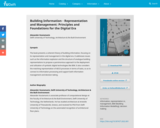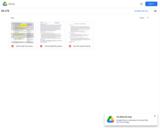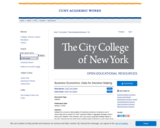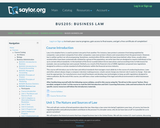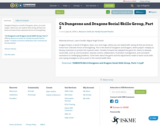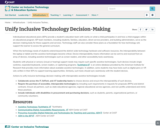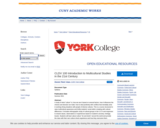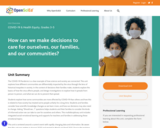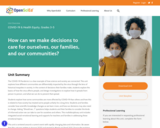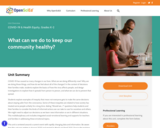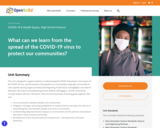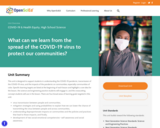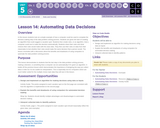
Principles and foundations for the digital era
Short Description:
The book goes beyond the surface to explain why AECO digitization matters with respect to information. It presents information in the framework of representation, introduces a semantic typology of data and connects process to information management, towards a coherent and transparent theory of building information for the digital era.
Long Description:
Digitization in AECO is in a transitional phase. On one hand, technologies like BIM finally introduce symbolic representation and, on the other, there is an unhealthy and unproductive attachment to outdated, analogue practices and documents. The book goes beyond the surface to explain why digitization matters with respect to information. It presents information in the framework of representation, introduces a semantic typology of data and connects process to information management, towards a coherent and transparent theory of building information for the digital era.
Word Count: 56989
(Note: This resource's metadata has been created automatically by reformatting and/or combining the information that the author initially provided as part of a bulk import process.)
- Subject:
- Applied Science
- Architecture and Design
- Business and Communication
- Computer Science
- Management
- Material Type:
- Textbook
- Date Added:
- 01/26/2024
